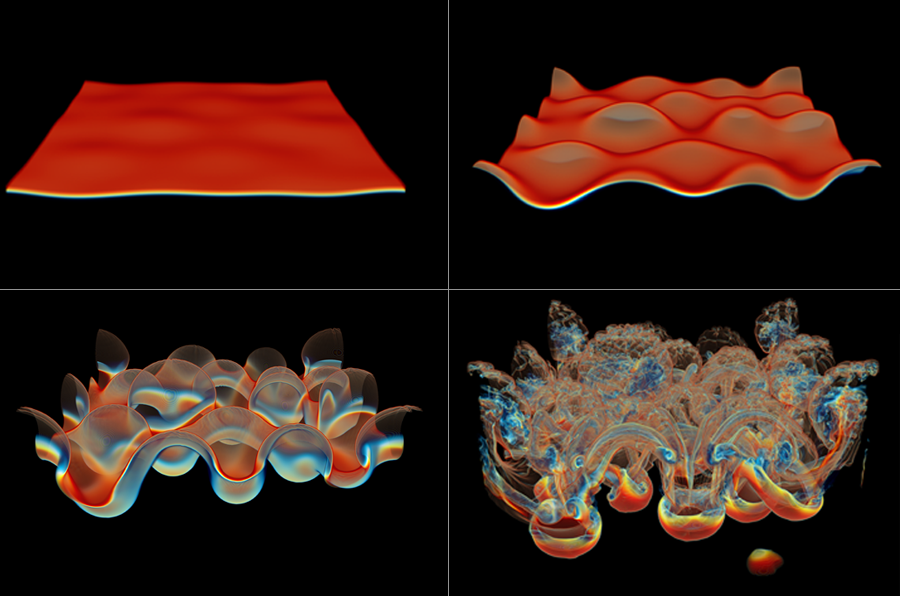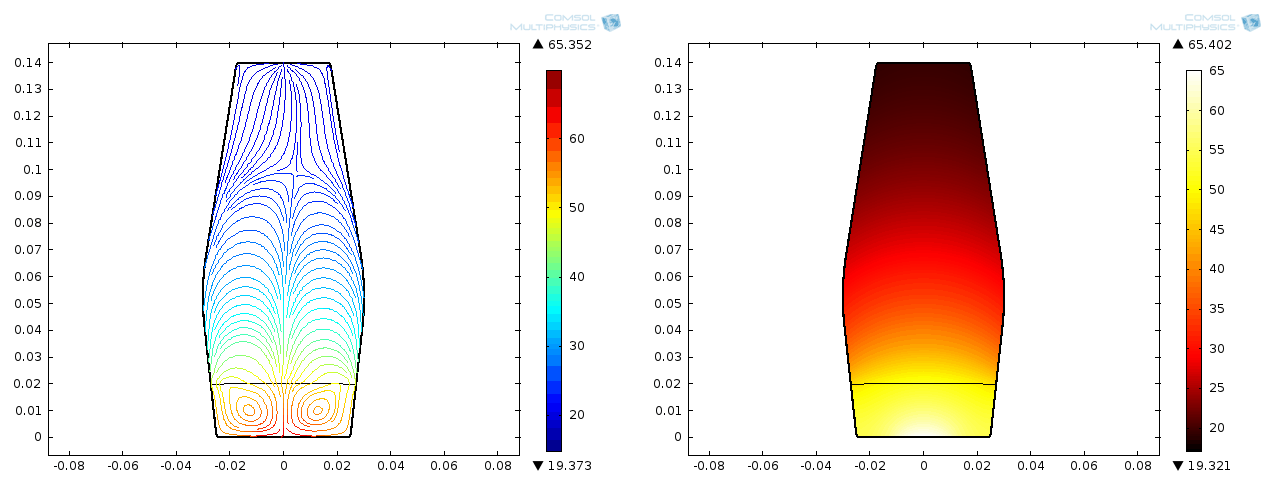Fluid Mechanics

| Fluid mechanics provides
the mathematics that gives credence to the behavior
of fluids, be they liquid or gas. In the case of
lava lamps, certain instabilities arise in the
system that primarily have to do with surface
tension between wax and water. Surface tension is
the cohesive force between similar molecules in a
liquid, it can be represented as a force or an area
of energy. When these instabilities propagate that
is when the beauty of the lava lamp comes forth, the
great plumes of wax and the emergence of droplets
with each other, all have to do with fluid
mechanics. |



